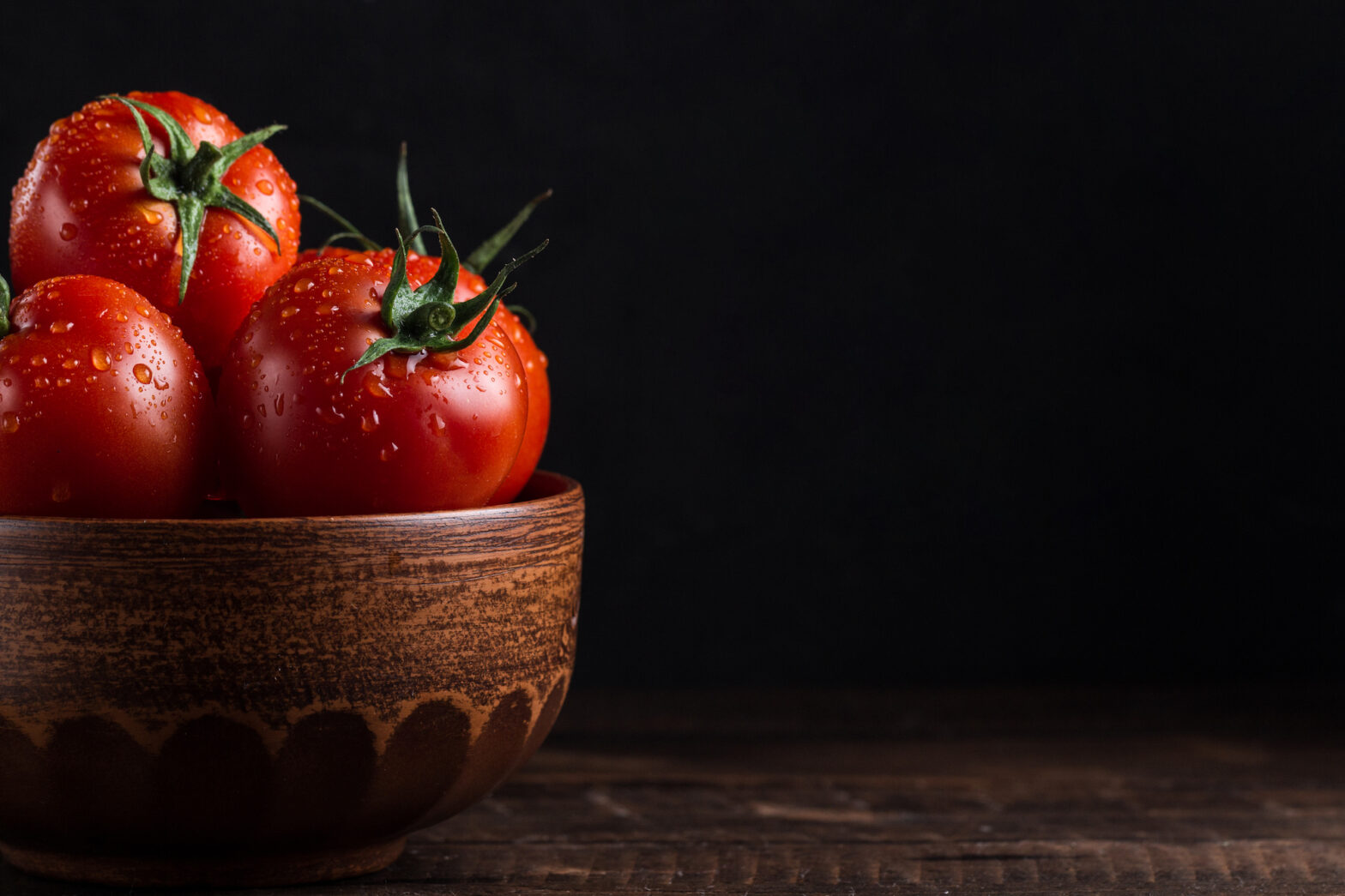“I know for a lot of families, Christmas means a roast, but in my neighborhood, Ebenezer Scrooge wouldn’t be giving out a grand turkey. He’d be giving out tamales,” said Danny Trejo. “To me, Christmas has always meant a full table of tamales.”
The legendary “Machete” star might be most recognizable from his villainous, tough-guy roles on-screen—but he also makes a mean chef. Food and hospitality have always played a major role in the actor-turned-entrepreneur’s life, and Mr. Trejo now has a growing restaurant empire that spans multiple locations of Trejo’s Tacos, Trejo’s Cantina, and Trejo’s Coffee and Donuts in Los Angeles; and two cookbooks, “Trejo’s Tacos” and “Trejo’s Cantina.” He shared a recipe from his latest.
“If you’ve never made tamales because you think they’re difficult, this recipe will change your mind,” he writes. “With just an hour of prep, you’ll have two dozen fluffy, amazing tamales to eat for dinner, lunch the next day, with leftovers to freeze and eat down the road.” His recipe uses a classic cheese and chile filling, but he says it works well with other fillings, too: Try chicken or jackfruit tinga, or beef birria.

Super-Easy Tamales
Makes 30 tamales
- 30 dried corn husks
- 1 1/2 cups olive oil
- 10 cups (2 pounds) masa harina, such as King Arthur
- 1 teaspoon baking powder
- 1 1/2 teaspoons kosher salt
- 3 1/2 cups vegetable or chicken broth
- 2 (8-ounce) packages shredded Mexican cheese blend
- 2 (10-ounce) cans roasted chiles, such as Hatch, roughly chopped
Soak the corn husks in a large bowl filled with water until soft, about 1 hour. Place a few cans of beans on top to keep them submerged.
In another large bowl, combine the olive oil, masa harina, baking powder, salt, and broth. Mix with your hands until a pliable dough forms. Knead until smooth, 3 to 5 minutes.
Place a corn husk on a cutting board with the wide end toward you. Using a large spoon, spread 1/4 cup of dough in the center. Shape it into a rough round about 4 inches in diameter. Place 2 tablespoons of cheese lengthwise in the center of the dough. Sprinkle 1 tablespoon of chiles on top of the cheese.
Lift the two sides of the corn husk in toward the center like a book so the two sides of masa meet and cover the filling; then, holding the excess corn husk together, fold and wrap it to one side around the tamale. Fold the top and bottom ends over the tamale and turn it over to hold the folded sides down. Repeat until you have about 30 tamales.
In a large pot fitted with a steamer basket, add enough water to just come up to the level of the steamer basket. Working in batches, arrange the tamales vertically in the steamer basket and turn the heat to medium. Once the water starts to steam, cover the basket and cook until the tamales are fluffy and tender and the cheese is melted, from 30 minutes to 1 hour, depending on how many you cook at a time. The tamales are super tender when they come out of the basket, but will firm up as they sit. Let them cool for 30 minutes before serving. You can also let the tamales completely cool and freeze for up to 1 month.

Reprinted with permission from “Trejo’s Cantina” by Danny Trejo with Hugh Carvey, copyright 2023. Photographs by Larchmont Hospitality Group LLC. Published by Clarkson Potter, a division of Penguin Random House, LLC.
(This is a short preview of a story from the Dec. Issue, Volume 3.)









